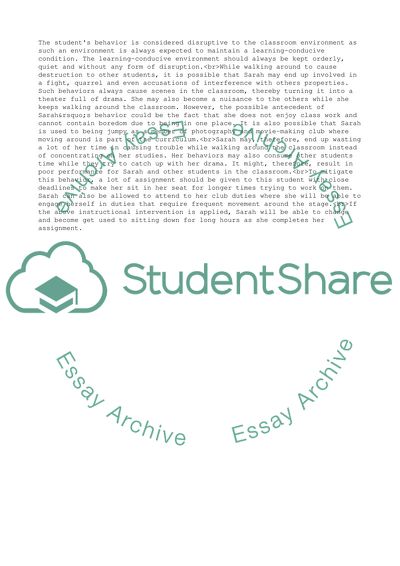Cite this document
(“Classroom Management, Engagement, and Motivation Assignment”, n.d.)
Classroom Management, Engagement, and Motivation Assignment. Retrieved from https://studentshare.org/management/1854907-classroom-management
Classroom Management, Engagement, and Motivation Assignment. Retrieved from https://studentshare.org/management/1854907-classroom-management
(Classroom Management, Engagement, and Motivation Assignment)
Classroom Management, Engagement, and Motivation Assignment. https://studentshare.org/management/1854907-classroom-management.
Classroom Management, Engagement, and Motivation Assignment. https://studentshare.org/management/1854907-classroom-management.
“Classroom Management, Engagement, and Motivation Assignment”, n.d. https://studentshare.org/management/1854907-classroom-management.


